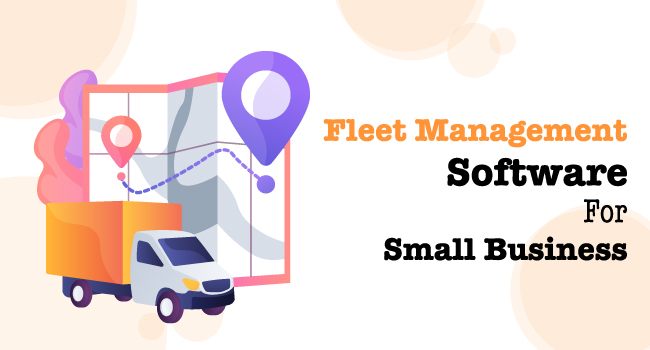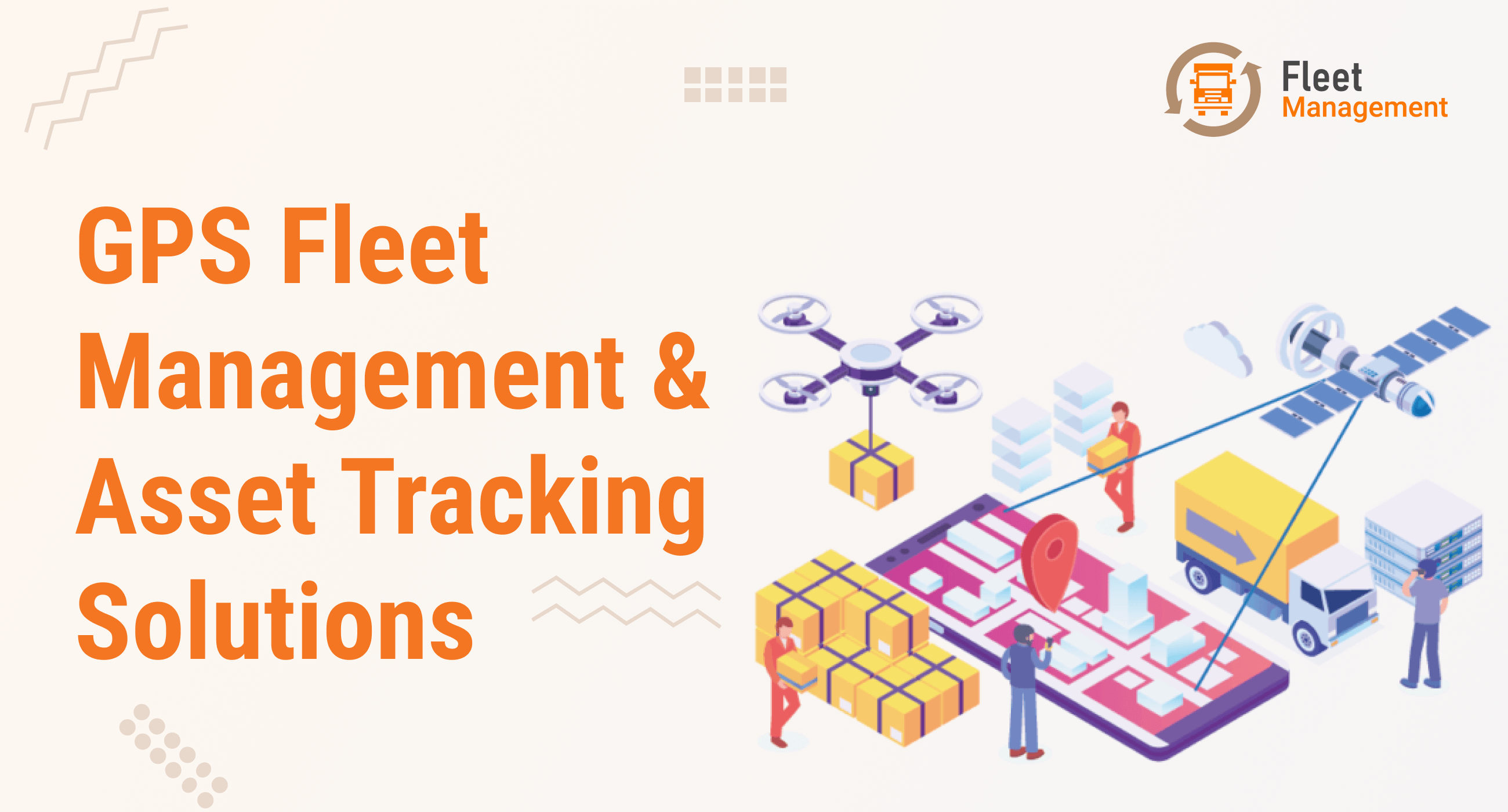Our Blogs
 Fleet Management()
Fleet Management() Car Rental Software()
Car Rental Software() Fleet Drivers()
Fleet Drivers() Infographics(0)
Infographics(0) News(0)
News(0)
Service We Offer
Follow Us
Telematics For Fleet Management – All You Need to Know

Fuel and maintenance costs, driver wages, and tires constitute a major part of fleet operation. This is when telematics-based fleet management solutions can be of great help to fleet operators.
Innovative telematics solutions help to improve the efficiency of fleet management and supply chain logistics as they enhance real-time visibility and provide data for optimization of procedures and processes.
Read Also: How Does IoT Help In Fleet Management?
It enables fleet operators to maintain product integrity, optimize shelf-life, and reduce losses and insurance risks right across the supply chain.
What Is Telematics?
In fleet management, telematics refers to the technology employed to monitor a variety of information related to a fleet of vehicles.

Telematics-based systems glean such information as the location of vehicles, the behavior of drivers, vehicle activity, engine diagnostics, and allow operators to visualize the data on customized software platforms. This enables fleet operators to optimally manage their resources.
In the word ‘telematics’, ‘tele’ refers to remote communications and ‘informatics’ refers to information processing. Telematics has positively impacted the operation of several industries, but firms managing vehicle fleets are the major beneficiaries.
Businesses across sectors that need to manage fleets have adopted telematics to improve reliability, increase efficiency, boost standards of customer service, and enhance their bottom line.
How Does Telematics Work?
Telematics-based fleet management solutions make use of sensors and the Global Positioning System or GPS technology sensors to gather and transmit data to fleet operators to help operators manage their fleet.
While the GPS technology powers live visibility – vehicle location, speed, and movement between points of interest through geofencing – sensors capture data related to driver activity such as aggressive acceleration, erratic cornering, and harsh braking.

Sensors are also made use of to monitor in-vehicle activities such as door opening, trailer temperature, and raising the tail lifts.
Telematics-based solutions pull engine diagnostics data directly from the in-vehicle diagnostics systems. They provide real-time data related to vehicle odometer readings and fuel efficiency. This helps fleet operators to employ appropriate fleet maintenance solutions.
The data thus generated is stored in the telematics device installed in each vehicle. The data is then transmitted over cellular networks to secure servers.
The central data hub processes the data and provides easy-to-understand visualizations with the help of fleet management software to enable managers to optimize the operation of their vehicle fleets.
Telematics for Fleet Management -Avantages
Telematics technology was developed in tandem with the advancement of Internet technology during the mid-1990s. The development of telecommunication technologies during this period also contributed to the implementation of new ways of remote communication.

The fleet management programs that are available today are capable of helping firms manage all sizes of vehicle fleets (from those having a handful of vehicles to those that operate a few hundreds of vehicles).
These fleet management solutions deliver key improvements across the board. Today, telematics is used not only for asset tracking purposes but also for improving driver and vehicle performance and maintenance management.
Telematics has already been established as the standard across industries and is playing a crucial role in what has come to be termed as the Internet of Things that Move or IoTtM. Specifically, it relates to the field of freight and transport.
Read Also: What Are The Benefits of Fleet Management Software?
IoTtM encompasses location tracking, equipment operation, and driver monitoring (driver and engine hours). As such, the main benefits of using telematics for fleet management include the following:
Reduction in fuel costs
Fuel cost is the most important factor that most fleet operators have to contend with. This is because it has a direct bearing on the operational efficiency of a fleet.
Therefore, it is crucial to detect and cut down excessive fuel consumption to improve overall efficiency. Telematics helps fleet operators achieve this through route planning, removal of job site bottlenecks, and reduction of engine idling time.
Also, the technology enables detection of unauthorized vehicle/equipment usage. All these help firms in cutting down fuel usage.
More cost-effective maintenance
Telematics technology provides managers with warning signals as and when vehicles develop mechanical issues. This allows managers to address the problems as early as possible.
This, in turn, reduces the downtime of vehicles. It makes scheduling of preventative maintenance activities easier and simpler and maximizes the uptime of vehicles.
Improved communication
In the past, it was a challenging task to keep in touch with the drivers in the field. Telematics has contributed a great deal in simplifying the communication process and significantly reducing the need for drivers to check-in and report.
It has helped in automating most of the process. Also, it has ensured that managers have faster access to the required data. This means drivers can focus more on doing their job well.
Increased safety
Safety is one of the crucial factors that operators of vehicle fleets have to deal with. Telematics helps them in this respect by monitoring the behavior of drivers and vehicle performance.
It allows managers to detect unsafe practices such as over speeding and address them as quickly as possible. Further, telematics enables emergency assistance to be directly given to those that need help by way of location tracking.
Vehicle Management
As telematics-based fleet management systems allow managers to keep track of each vehicle, it is easy for them to quickly assign jobs to the drivers and do route planning more efficiently.
Further, these systems track vehicle idling, consumption of fuel, and provide service alerts. Such data helps managers make informed decisions as regards vehicle utilization and reduce costs.
Fleet Compliance
Meeting regulatory compliance requirements and avoiding costly penalties are essential to achieve higher fleet operational efficiencies.
These systems create accurate work diaries and ensure that drivers are taking breaks as per the prescribed schedules.
Insurance risk assessment
Insurance companies may make use of telematics for monitoring driver behavior. This enables them to assess risk factors more accurately and accordingly make adjustments to their insurance premiums.
This is because a fleet management telematics device also reports when a vehicle has been used outside the geofence.
Future of Telematics-based Fleet Management Systems
Fleet telematics is well poised to see exponential growth soon as computer applications are being developed to take full advantage of the increased usage of GPS units, enhanced processing power, and extensive use of mobile devices.
Read Also: What is fleet management – All you need to know
Since 2007, fleet management systems have seen double-digit growth as more and more fleet operators recognize the need to monitor fleet activity, control costs, and ensure regulatory compliance.








